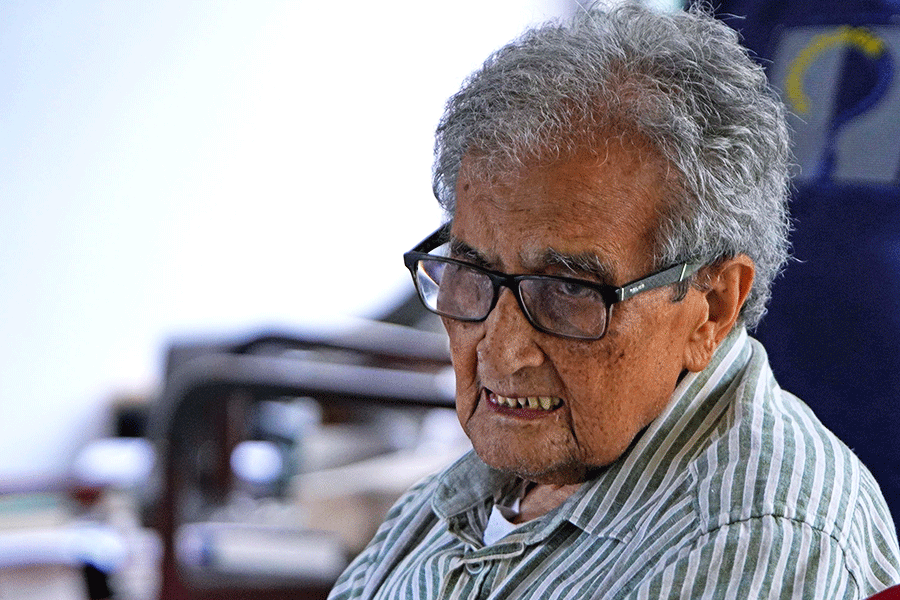A scientific study by a professor at the Indian Institute of Science Education Research, Kolkata, showed how coconut trees have the ability to be free of harmful substances.
The institute held a press conference in Calcutta on Friday to shed light on the scientific developments by three of its scientists.
Two other studies included developing a novel way to create industrially useful chemicals using atmospheric carbon dioxide and new ways of treating cancer.
Gopala Krishna Darbha, a professor at the institute located in Nadia district, said the Hooghly carries pollutants from industrial activity upstream besides geogenic arsenic. This contaminates the soil and groundwater in Bengal.
Darbha and his students investigated the uptake of toxic elements in arsenic-contaminated areas.“The study revealed coconuts growing in these areas did not have any trace of these harmful, potentially toxic elements (PTEs),” he said.
“The coconuts seemed to act as a natural filter, preventing these toxic elements from entering the core of the fruit itself,” the professor added.
Swadhin Mandal, a professor at the institute, said the significance of creating industrially useful chemicals using atmospheric carbon dioxide, is that it may pave the way to achieving carbon neutrality.
Rahul Das, another professor at the institute said, a fluctuation at the cellular level often triggers many major diabetes-related complications and cancer. Once such fluctuation happens, some antenna-like structures on the cells’ surface, called receptors, malfunction.
Das and his team at the department of biological sciences, discovered how a special lock inside the type-1 receptor helps to keep it switched off when it is not needed.
This discovery, he said, may lead to the development of new treatment of conditions, especially carcinoma (cancer).










